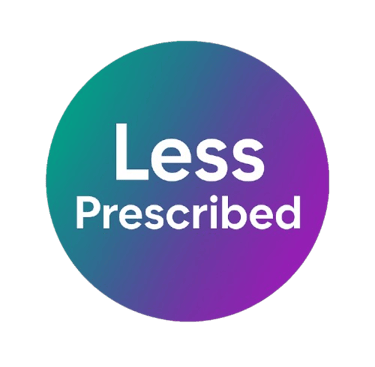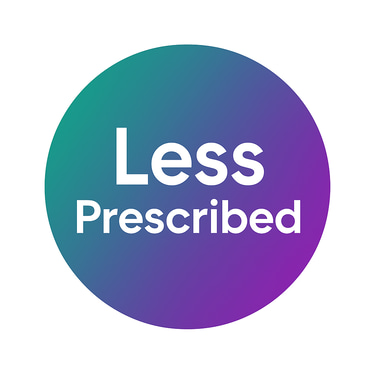Why Doctors Are Prescribing Less — and What It Means for Patients in Regular Pain
For millions of Americans living with chronic pain, prescription medication once meant the difference between surviving and living. For years, doctors and patients worked together to manage symptoms, maintain independence, and keep lives functioning. But in recent years, everything changed. Doctors have become increasingly hesitant — even afraid — to prescribe certain pain medications. Behind this shift lies a mix of policy, fear, and unintended consequences that are leaving many patients caught in the middle.
LessPrescribed Editorial Team
11/6/20252 min read


Why Doctors Are Prescribing Less
After years of widespread opioid misuse and overdose tragedies, new federal and state policies were introduced to limit prescribing. Agencies like the CDC and DEA tightened regulations, and many states adopted strict dosage thresholds and monitoring systems.
While the intent was good — to reduce addiction and overdose rates — the execution has been complex.
Doctors now face intense scrutiny. Many have been investigated, disciplined, or even lost their medical licenses for overprescribing.
As a result, prescription fear has replaced medical judgment.
Even responsible doctors hesitate to prescribe what patients genuinely need, not because it’s medically wrong — but because it’s risky for them professionally.
The Human Cost of Caution
For patients who rely on long-term pain management, this new reality has been devastating.
Many report being suddenly tapered off medication, cut off without alternatives, or treated like potential addicts rather than patients in pain.
A 2019 study from the National Institutes of Health found that over 50% of chronic pain patients experienced worsened health outcomes after abrupt prescription changes.
Pain returned stronger, anxiety and depression increased, and some individuals even turned to unsafe alternatives out of desperation.
“I didn’t ask to depend on medication — I asked for a life where I could manage my pain,”
said one patient on LessPrescribed.com.
What It Means for Everyday Patients
For those living with conditions like arthritis, neuropathy, back injury, or post-surgical pain, these changes often feel like punishment.
While addiction prevention is critical, policies designed to save lives have sometimes overcorrected, leaving legitimate pain patients struggling to function.
Doctors face pressure to comply with rigid guidelines. Pharmacies are more restrictive. Insurance companies deny coverage.
And through it all, the patient — the one truly suffering — often has no voice.
Finding a Path Forward
The solution isn’t simple, but it starts with balance:
Recognizing that pain patients deserve compassion, not suspicion.
Empowering doctors to treat without fear.
Ensuring oversight focuses on abuse prevention — not punishing legitimate care.
Communities like LessPrescribed exist to highlight these stories, start conversations, and encourage smarter policy that values both safety and humanity.
Because pain relief shouldn’t be political — it should be personal, ethical, and accessible.
Your Voice Matters
If you’ve experienced reduced access to care, sudden medication changes, or judgment when seeking treatment, you’re not alone.
Read more voices, share your story, and help us push for a healthcare system that remembers what compassion feels like.
This website sheds light on their experiences, the ethical dilemmas faced by healthcare providers, and the policies driving these decisions.
Our goal is to foster understanding, balance safety with compassion, and give a voice to those affected by
the unintended consequences of reduced opioid prescribing.
USA
quick links
hello@lessprescribed.com
+1-555-123-4567
© Copyright 2025 Less Prescribed. All rights reserved. Privacy Policy


